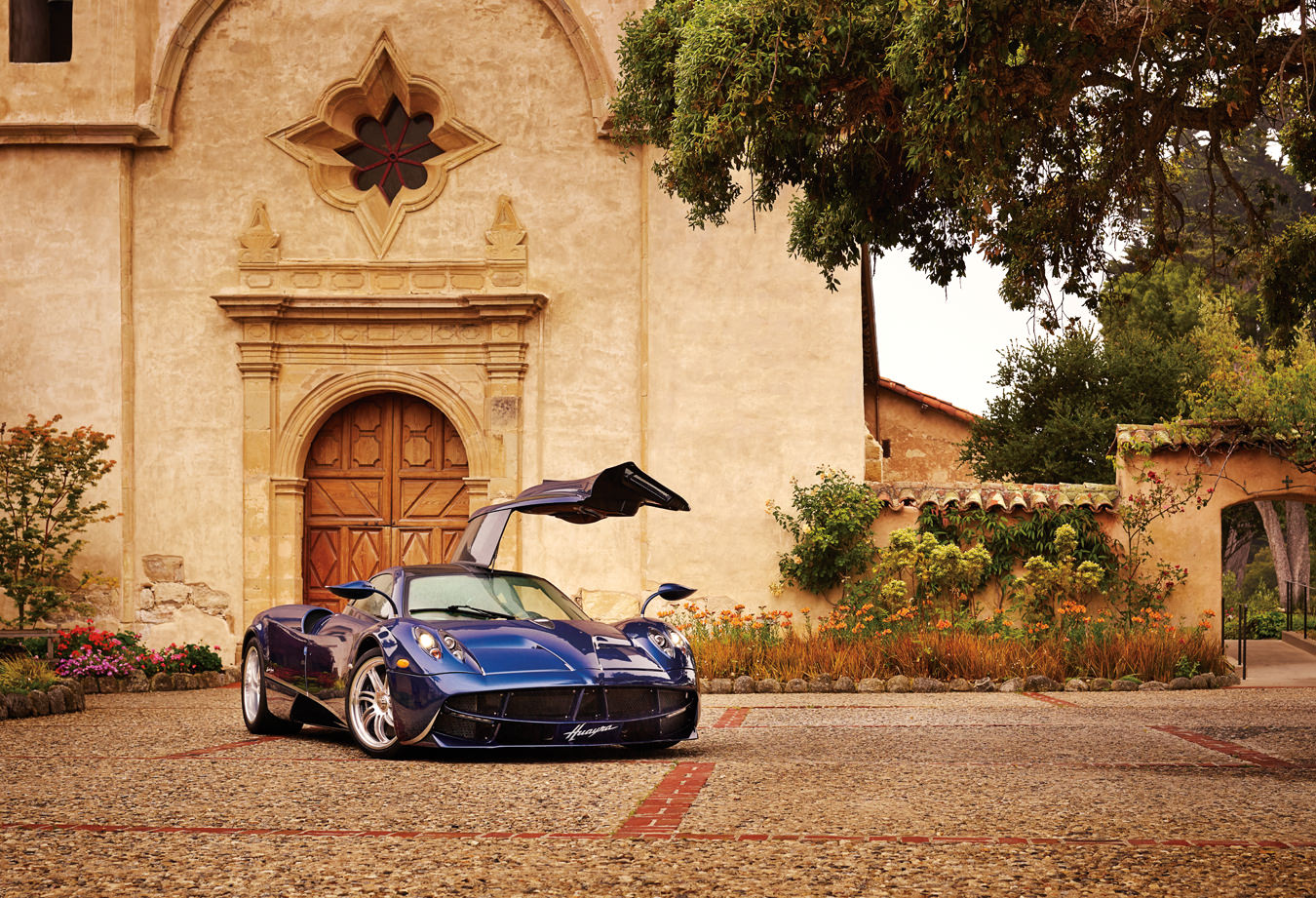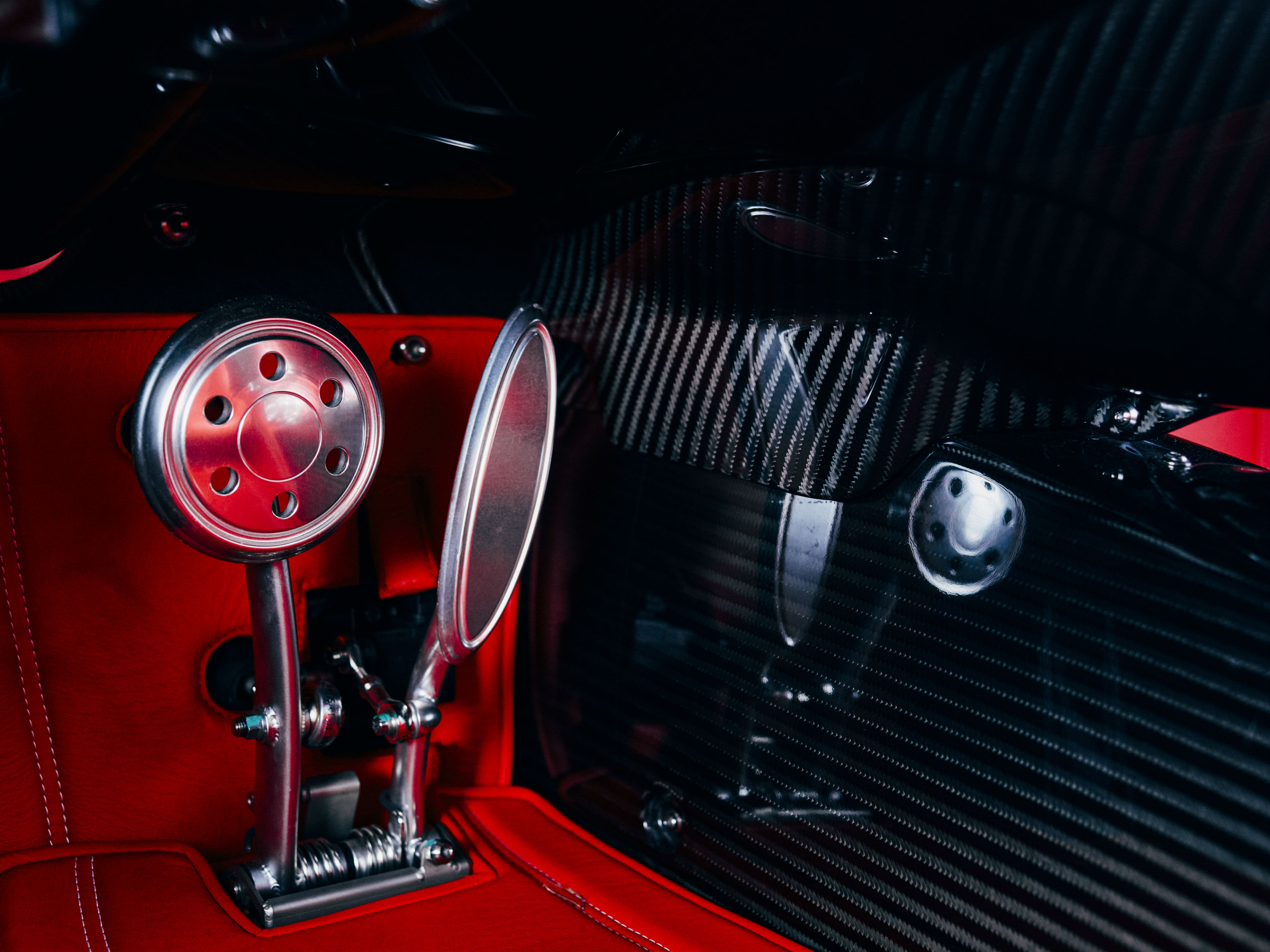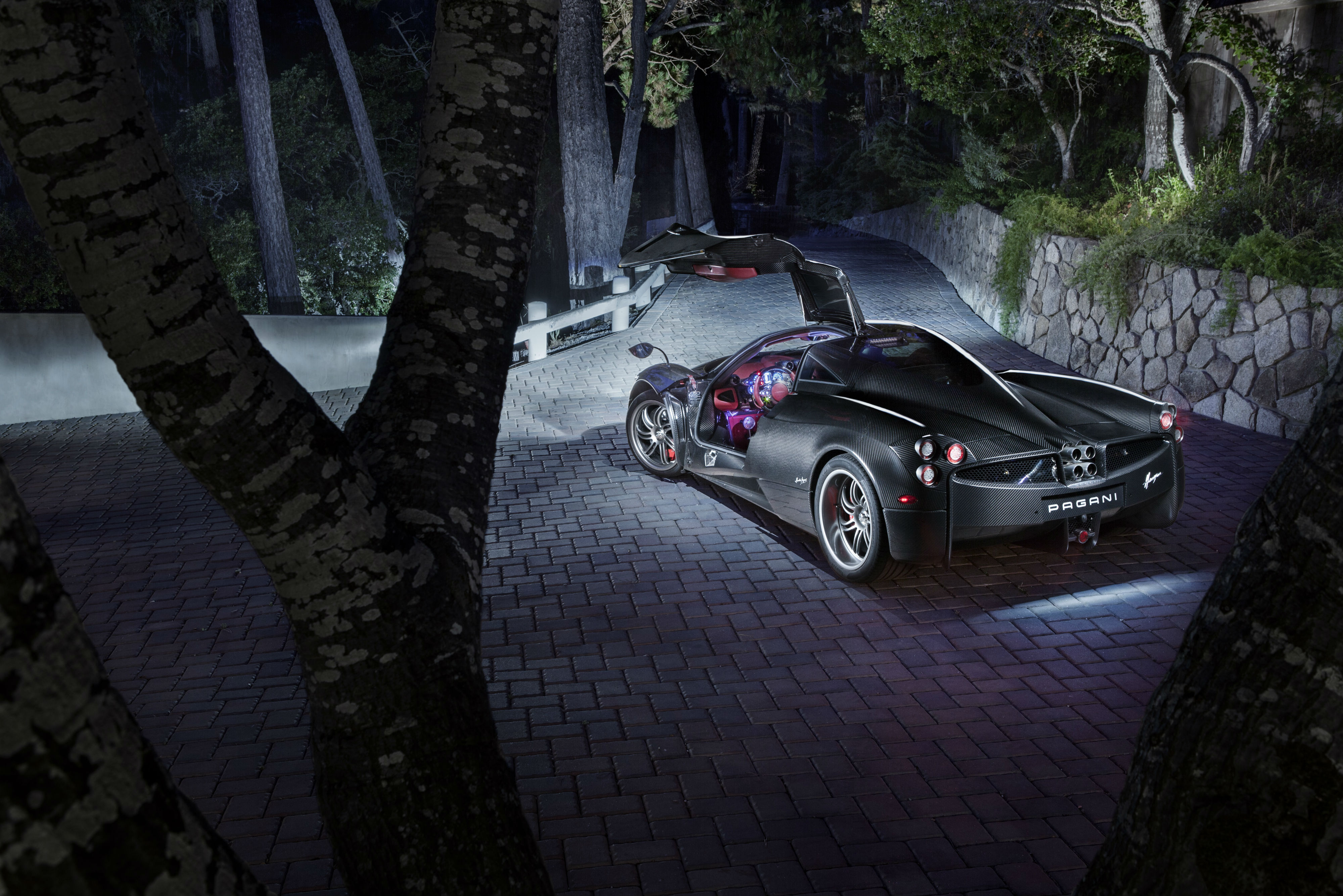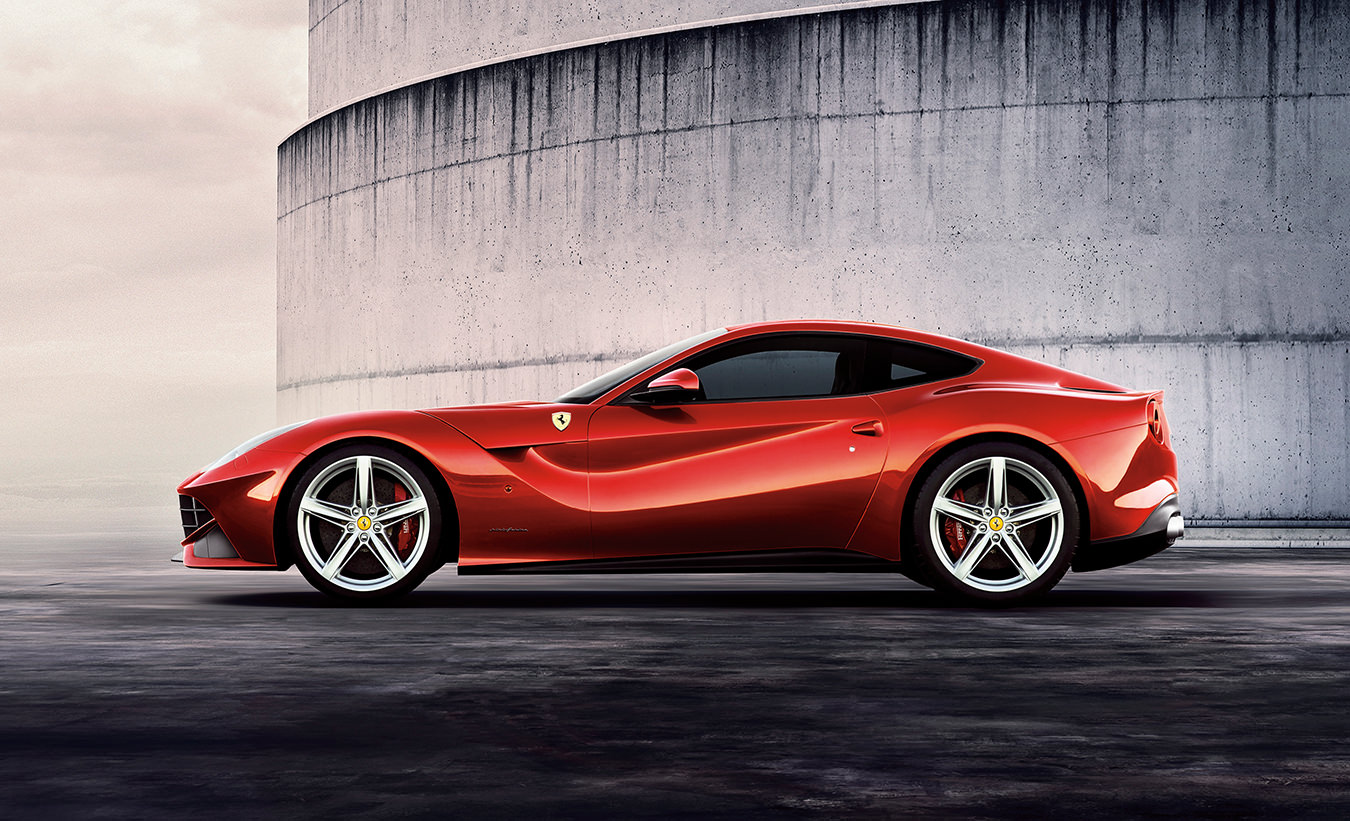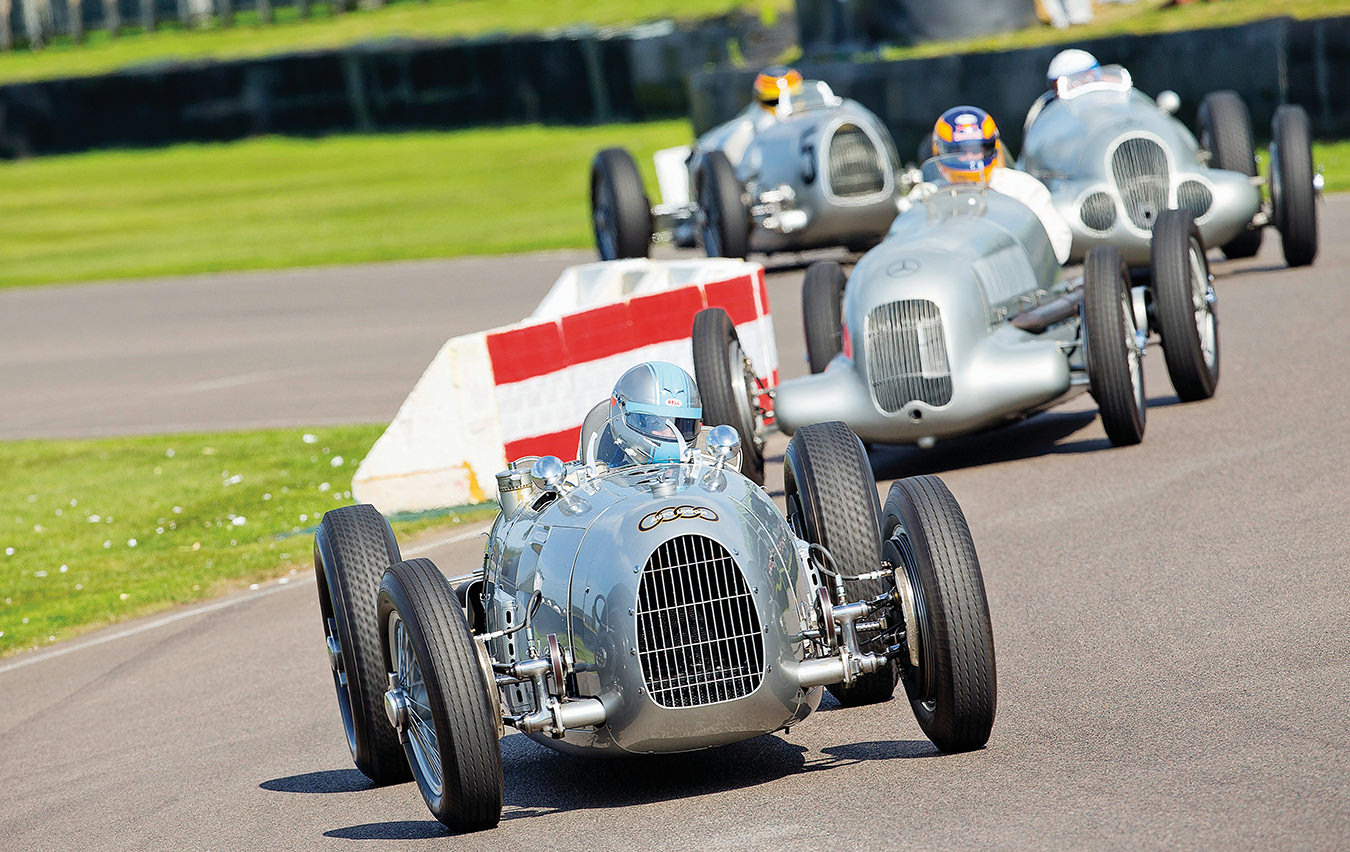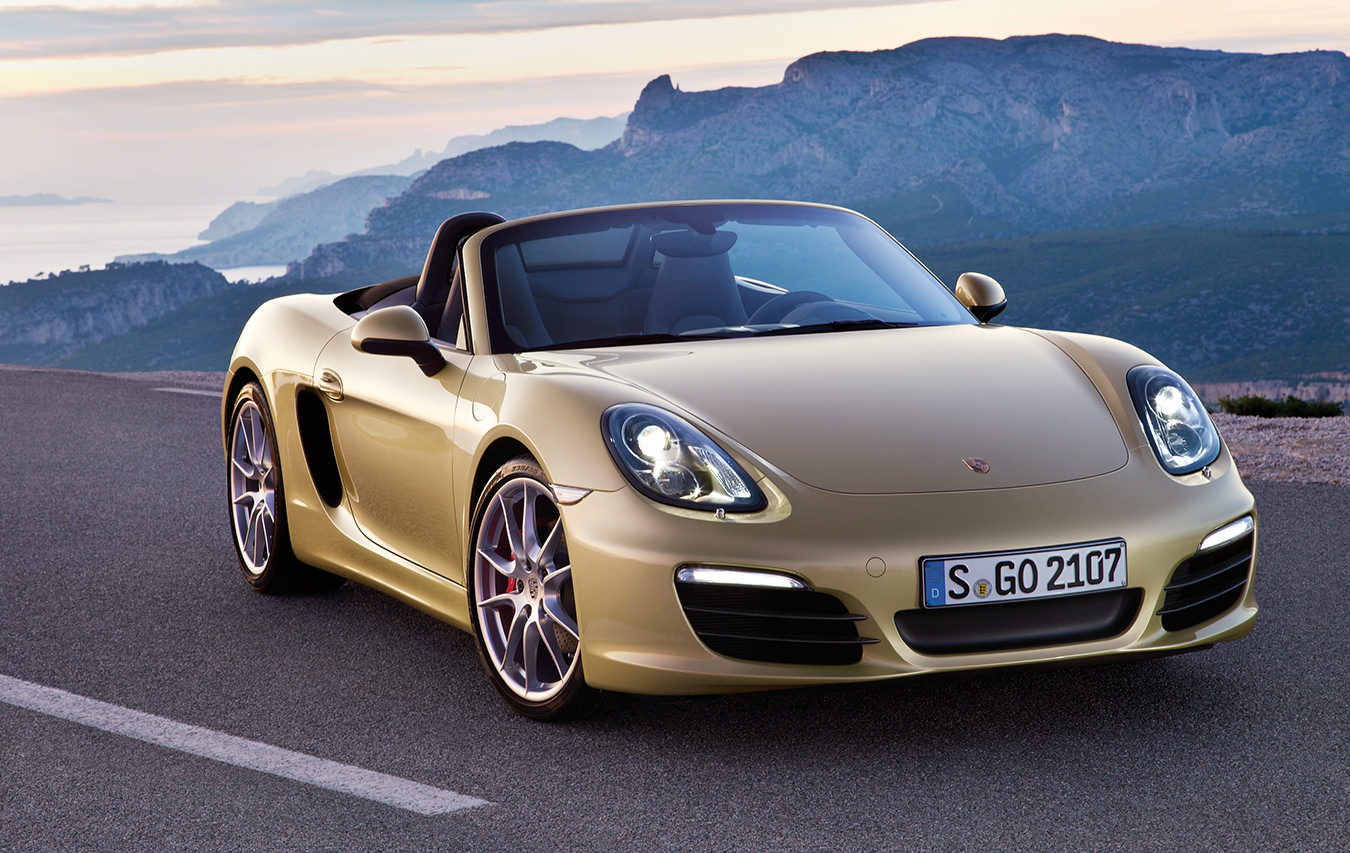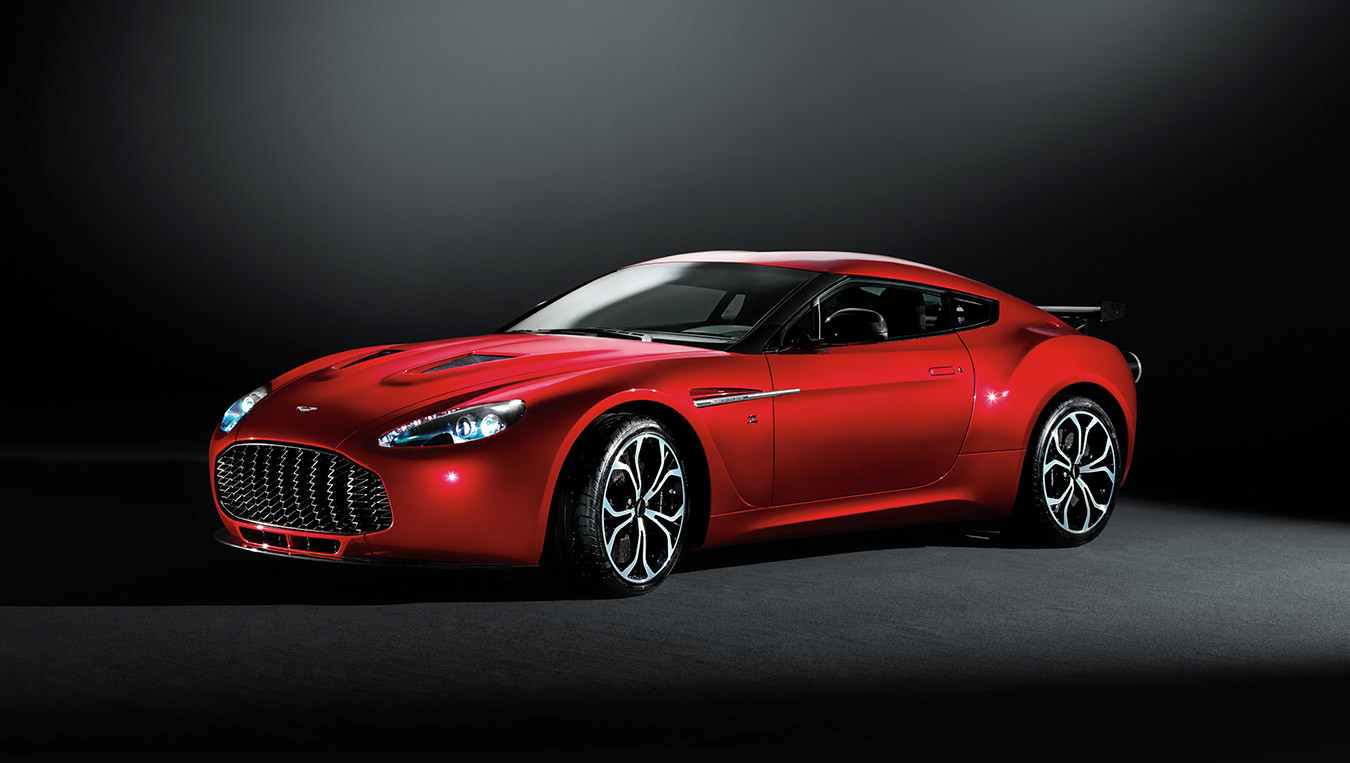The Pagani Huayra
A Renaissance machine.
By this point in time, it must go without saying that the Italians know a thing or two about all things stylish, from food to fashion to fine art and everything in between. One of those “in between” things is the automobile. From the very earliest of days, Italian carmakers have played a significant role in the emergence of the automobile as a viable mode of transport and, more, as a rolling expression of the driver’s personal sense of style.
The names alone reverberate with huge reserves of power: Alfa Romeo, Fiat, Maserati, Lamborghini, Ferrari. Every brand conjures up an image in every style-conscious mind on the planet, car lover or not. Your personal Alfa Romeo, for example, may be the Spider 1600 Duetto driven by Dustin Hoffman in The Graduate, one of the more famous cars in all of filmdom.
Your own private Ferrari could be the 308 GTS piloted by Magnum, P.I., the Testarossa that transported Crockett and Tubbs around South Beach, or the hooky-day ride from Ferris Bueller’s Day Off, a 250 GT California Spyder. (You get the picture.)
Beyond the manufacturers that have managed to survive from the early days to present day, Italy also has an exceedingly rich tradition of automotive design firms and coachbuilders. These companies, while not manufacturers in their own right, played a significant role in establishing for the country an ironclad and steel-belted reputation for making all car designers from other (read: non-Italian) countries seem creatively stagnant by comparison.
The names in this category—names like Bertone, Ghia, Italdesign Giugiaro, Pininfarina, Zagato—are perhaps less widely known, but certainly no less worthy. The notoriety of these design firms stems, to a large degree, from their work with the Italian manufacturers noted above and with others from further afield. The Alfa Romeo Spider 1600 Duetto, for example? It’s an Alfa Romeo, certainly, but it’s also a Pininfarina. So, too, is the Ferrari 308 GTS.
When the automotive business moved toward greater consolidation in the late 20th and early 21st centuries, the Italians were not unaffected. The Fiat conglomerate took control over all the Italian manufacturers noted, save Lamborghini, which operates under the Volkswagen Group umbrella. As for the former coachbuilders, of the five mentioned, only Zagato remains as a functioning stand-alone operation. (Despite an enduring global appetite for Italian design, business is still business after all.)
But during this same period, amidst all the turmoil caused by globalization, a new Italian car company emerged, a kind of hybrid between a proper design firm and a manufacturer. This company, Pagani, has since 1992 forged an enviable reputation among the world’s staunchest car aficionados and richest collectors. Their handcrafted hypercars are now among the most desired on the planet, rivalling those from the likes of Ferrari, McLaren, and Porsche—and, at times, costing even more.
If we were to reveal that the founder of this most Italian of car builders was not born in Italy, this may come as a surprise. The son of an Italian immigrant, Horacio Pagani was born in Argentina in 1955 and didn’t venture to his ancestral homeland until age 28. At that time, determined to forge a career as a carmaker, he began his quest by living out of a camper van near Como with his wife.
A student of industrial design at home in Argentina, Pagani figured his qualifications might have an immediate impact with prospective employers. His first job in the car business in Italy, with Lamborghini, saw him sweeping the floors in the engineering department. By 1987, though, he had risen through the ranks like a raging bull, eventually running the company’s composites division. By this time, Lamborghini had begun to explore using carbon fibre to construct its vehicles, but they were apparently moving too slow for Pagani’s liking. When he prompted his employer to invest in an autoclave to produce more of the high-tech material, they declined to participate.
In 1987, Pagani decided to purchase his own autoclave with a bank loan and then formed a company, Modena Design, to manufacture carbon fibre composites for a range of clients, including various Formula One teams. With this business performing strongly, Pagani turned his attention back to the original reason for decamping to Italy—the design and construction of his own supercar.
Pagani has forged an enviable reputation among the world’s staunchest car aficionados. The handcrafted hypercars are now among the most desired.
He formed a separate company, Pagani Automobili Modena, in 1992 and set about turning that particular dream into a reality. Some seven years later, the manufacturer’s maiden effort, the Zonda, debuted to no small amount of acclaim and equal measures of desire. Now, as of late last year, enthusiasts in our home and native land finally have access to the Pagani Huayra, the latest hypercar to spring forth from the fertile mind of Horacio Pagani.
Introduced to the world in 2012, the Huayra is an exceedingly worthy successor to the Zonda. Powered by a twin-turbocharged 6.0L V12 engine custom-designed and built by AMG, the high-performance division of Mercedes-Benz, the car is capable of staggering performance. The engine produces 730 horsepower and 738 lb-ft of torque, all of it sent to the rear wheels. (Spare a thought for Pagani’s fellow engineers at Italian tire manufacturer Pirelli; their task was to create a bespoke compound capable of withstanding all that power… for as long as possible, at least.)
The Huayra can accelerate from 0 to 100 km/h in three seconds flat. Top speed is an estimated 383 km/h. Under full power from a standing start, the car generates 1.66 g-force of lateral acceleration. That hulking V12 is mounted in the middle of the car to help create optimal weight distribution and better handling characteristics. The Huayra also features a low ride height, wide track, and ultra-long wheelbase—three more design and engineering decisions intended to ensure superior handling. Active aerodynamics (four flaps deploy to generate downforce and scrub off speed) add to the picture. Of course, there’s also the shape of the car itself—in effect, it’s a giant wing—which helps further direct airflow to where it’s most beneficial.
In the final analysis, the engineering that underpins the Huayra also defines this car as the work of an unabashed genius. But the truth of the matter is also this: the look of the car—the carved surfaces, the materials used in the passenger compartment, the finery—is equally as enthralling.
There are countless aspects of the Huayra that play out like expertly weighted magic tricks. For example, the cables connected to the shift lever are exposed, made of metal, the stuff of modern art galleries. The push/pull knob positioned at the bottom of the two seats, used to adjust the seat forward and aft, is of a similar ilk, brilliantly executed.
The car also features custom-fitted luggage from Italian design house Schedoni and leather garment bags that hang over the backs of the seats. All the switches were designed by Pagani himself. And the navigation system was developed in-house, a stunning decision in this day and age of product development consolidation and off-the-shelf technological partnerships.
It’s quite possible that no other car in automotive history has soared so close to high art. Certainly, you’d have to venture far back, possibly to a time when the original Italian coachbuilders were all the rage, to uncover an example like the Pagani Huayra. Even if one were to be found, there’s no question that Horacio Pagani is a worthy torchbearer in a rich history—a visionary, engineer, and artist, a modern-day reincarnation of Leonardo da Vinci.

